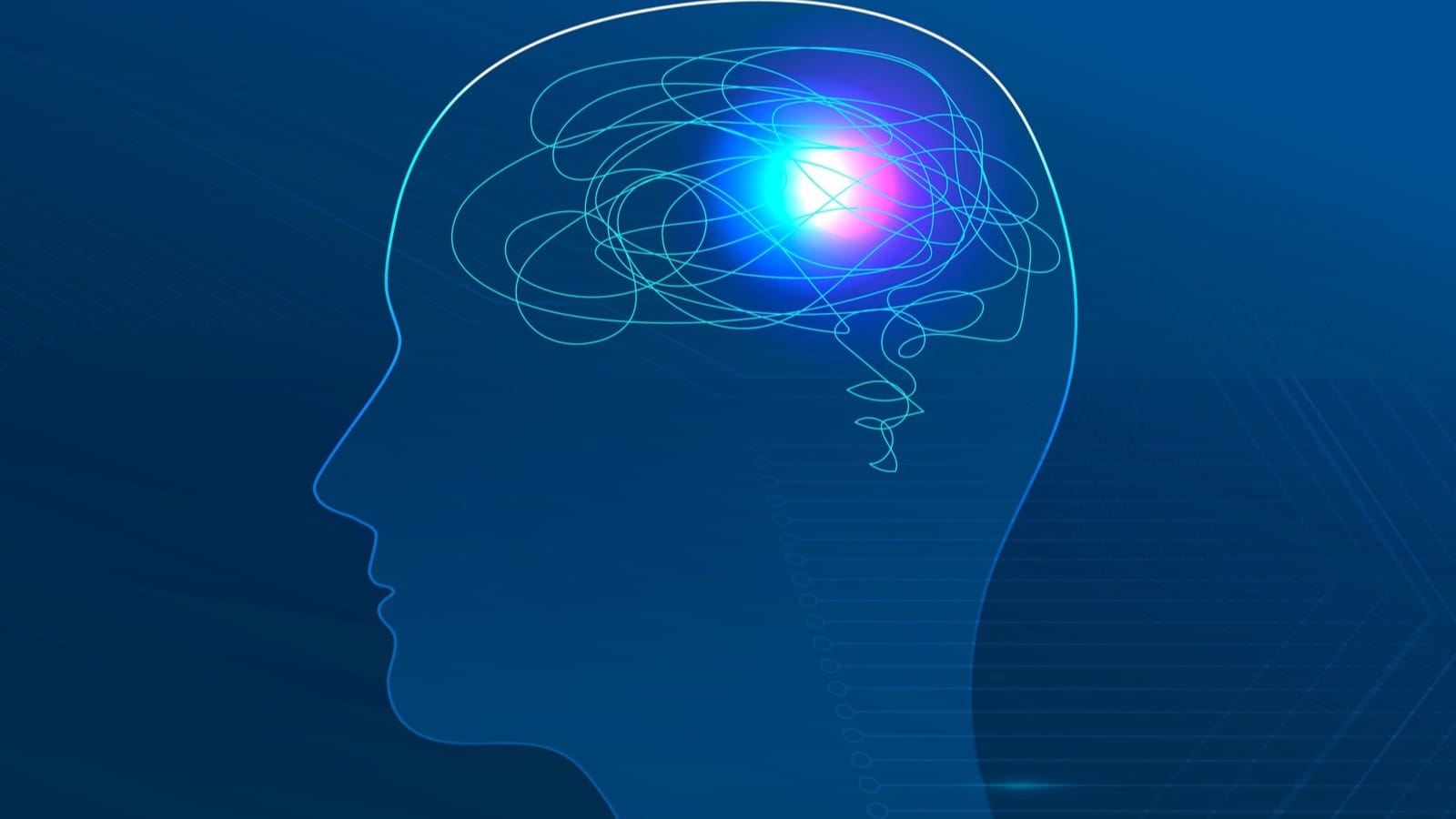How Introspection Forged Early Psychology
[This is the second article of our Psychology Series. Make sure to read the first one by clicking here.]
Have you ever stopped to truly feel the warmth of your morning coffee, not just taste it, but notice the subtle tingling on your tongue, the aroma filling your nostrils, the comfort spreading through your chest? Or perhaps, in a moment of frustration, you’ve tried to pinpoint the exact sensation of irritation bubbling up, the tightness in your jaw, the clenching of your fists? If so, you’ve dipped your toes into the very waters that shaped the nascent science of the mind: introspection.
In the early days of psychology, before fMRI machines and behavioral experiments dominated the scene, there was a revolutionary idea. To understand the mind, one simply had to look inward. This wasn’t just casual daydreaming; it was a rigorous, systematic method championed by a school of thought known as Structuralism.
And while it eventually faced its critics and fell from grace, its legacy, particularly in the realm of modern mindfulness, is more profound than you might imagine.
The Dawn of Psychological Science: Introspection and the Structuralists
Imagine a group of pioneering scientists, eager to dissect the human experience as meticulously as a biologist dissects an organism. This was the ambition of the Structuralists, led by figures like Wilhelm Wundt, often credited with establishing the first psychology laboratory in Leipzig, Germany, in 1879 (explained in the 1st article), and his student Edward Titchener. Their goal? To understand the fundamental structure of the mind.
Their primary tool for this grand endeavor was introspection. But what exactly was it? It wasn’t about casually reflecting on your day. Instead, it was a highly trained, disciplined process where individuals observed and reported their own conscious mental experiences.
Participants, often rigorously trained to avoid interpretation and focus purely on raw experience, would be presented with a stimulus – a sound, a color, an object – and then asked to break down their conscious experience into its most basic, irreducible components.
Think of it like this: if you held a red apple, a Structuralist trained in introspection wouldn’t just say, “I see an apple.” They would strive to identify the individual sensations that made up that perception: the specific hue of red, its saturation and brightness, the cool, smooth texture against their skin, the subtle scent.
They aimed to dissect the “atom” of consciousness – the elementary sensations, images, and affections (feelings) – and understand how these elements combined to form more complex mental experiences. It was a painstaking, almost microscopic examination of one’s inner world, all in the pursuit of mapping the very architecture of the human mind.
The Cracks in the Mirror: Why Introspection Faced Its Demise
While revolutionary for its time, the seemingly elegant method of introspection was not without its significant flaws, which ultimately led to its decline as the dominant research tool in psychology.
One of the most glaring limitations was its inherent subjectivity. Each individual’s internal experience is unique, shaped by their personal history, biases, and current state. If a thousand people introspected on the same stimulus, would their descriptions be identical? Highly unlikely. This lack of agreement made it incredibly difficult to establish universal laws of the mind, a cornerstone of any scientific discipline. How could psychology be a true science if its primary data source was so unreliable and varied from person to person?
Furthermore, the very act of observing one’s own mental processes could, paradoxically, change those processes. If you’re intensely focused on analyzing the feeling of anger, are you truly experiencing anger in its natural state, or are you now experiencing anger plus the cognitive effort of analyzing it? This issue, sometimes called the “observer effect,” meant that the data collected through introspection might not be a true representation of spontaneous mental activity. It was like trying to measure the temperature of a liquid by sticking in a thermometer so large that it changed the liquid’s temperature.
Another major hurdle was the inability to access unconscious processes. Structuralists were interested only in conscious experience. However, as pioneers like Sigmund Freud would later emphasize, much of our mental life operates beneath the surface of conscious awareness. Introspection, by its very nature, could not delve into these hidden depths, leaving a vast realm of human experience unexplored and unexplained.
Finally, introspection struggled with the study of complex mental processes and individual differences. How would one introspectively analyze problem-solving, decision-making, or artistic creativity? These are not easily reducible to simple sensations or feelings.
Moreover, introspection was not well-suited to studying children, individuals with mental health conditions, or animals, further limiting its scope and generalizability. These limitations paved the way for new approaches in psychology, such as behaviorism, which focused on observable behaviors rather than unobservable internal states.
A New Reflection: Introspection’s Enduring Legacy in Modern Mindfulness
Despite its scientific shortcomings and its eventual displacement by other methodologies, the spirit of introspection didn’t vanish entirely. In a fascinating twist, its core principle – paying attention to one’s inner world – has found a powerful resurgence in contemporary practices, particularly in the burgeoning field of mindfulness.
Modern mindfulness, often rooted in ancient contemplative traditions, is all about bringing conscious awareness to the present moment, without judgment. This involves deliberately focusing on sensations, thoughts, and emotions as they arise, much like the Structuralists attempted, but with a crucial difference: the goal isn’t to break down experiences into their smallest components or to create a scientific taxonomy of the mind. Instead, it’s about cultivating a non-reactive, accepting awareness of one’s inner landscape.
Consider a mindfulness meditation practice. You might be guided to focus on your breath, noticing the rise and fall of your chest, the sensation of air entering and leaving your nostrils. This is a form of highly focused, intentional self-observation, echoing the introspective method.
When thoughts arise, you’re encouraged to acknowledge them without getting entangled, to observe them as transient mental events, just as a Structuralist might have tried to observe a sensation without interpreting its meaning.
The connection isn’t merely conceptual. Practices like body scans, where you systematically bring awareness to different parts of your body and the sensations within them, are direct descendants of the systematic attention to sensory experience that characterized early introspection. Similarly, observing emotions without being overwhelmed by them requires a level of inner scrutiny that shares a common lineage with the Structuralist’s attempt to identify and categorize “affections.”
However, the motivations differ significantly. While Structuralist introspection aimed for objective scientific data, modern mindfulness seeks subjective well-being, emotional regulation, and a deeper connection to the present moment. It’s less about building a universal map of the mind and more about cultivating personal resilience and clarity.
My own experiences with mindfulness have certainly highlighted this connection. In moments of stress, taking a few minutes to simply notice the tightness in my shoulders or the quickening of my breath, without judgment, allows me to create a tiny space between the sensation and my reaction.
It’s a miniature act of introspection, not to classify the feeling, but to acknowledge it and prevent it from spiraling. This deliberate act of “looking inward” provides a powerful tool for self-management and emotional intelligence.
Your Inner World: A Quick Sensory Quiz
Now, let’s try a small exercise inspired by the spirit of introspection. Take a moment, find a quiet spot, and truly focus on your senses. Don’t overthink it, just notice.
Sound: Close your eyes for 30 seconds. What are the distinct sounds you hear right now? Are they near or far? High or low pitch? Are there multiple layers of sound?
Touch: Pick up an object near you – perhaps your phone, a pen, or a mug. What sensations do you notice when you hold it? Is it smooth, rough, warm, cool, light, heavy? Can you feel its edges, its texture?
Sight (without looking directly at it): Without moving your head, notice the colors and shapes in your peripheral vision. Are there any particular details that stand out that you might normally overlook?
Taste (optional, if you have something to taste): Take a small sip of water or a bite of a snack. Beyond just “good” or “bad,” what specific tastes and textures can you identify? Is it sweet, sour, bitter, salty? Is it crunchy, smooth, chewy?
How did that feel? Did you notice anything new or surprising? This simple exercise, while far from the rigorous methodology of early Structuralists, offers a glimpse into the rich tapestry of your immediate sensory experience – a tapestry that the pioneers of psychology sought to unravel.
The Echoes of a Beginning
Introspection, as a scientific method, may have faded into the annals of psychology history, supplanted by more objective and verifiable approaches. Yet, its fundamental premise – that understanding the mind requires turning our gaze inward – continues to resonate.
From the foundational attempts to break down consciousness into its smallest parts to the modern practice of mindfulness that encourages a gentle, accepting self-awareness, the legacy of introspection reminds us of the enduring human fascination with the inner world.
It teaches us that even seemingly outdated methods can offer profound insights and lay the groundwork for future discoveries. And in a world increasingly dominated by external stimuli, taking a moment to consciously feel that cup of coffee, or to simply observe a rising emotion, is not just a relic of early psychology, but a timeless practice that can bring clarity and peace to our busy lives.
Ready to explore more about the fascinating history and evolution of Psychology? Click here
Share your thoughts in the comments below: What did you notice during the sensory quiz? How do you practice self-reflection in your daily life?
Must Read:




